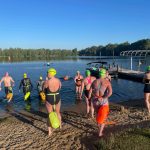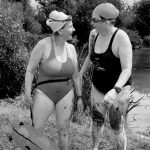How to perfect your breaststroke
It's not all about front crawl! Olympic silver medalist Keri-anne Payne teaches us the fundamentals of breaststroke
Like any swimming stroke, many people fail to get the fundamentals right as they are so focused on getting quicker with arms and legs. Breaststroke is a little different because the focus of propulsion is the opposite to front crawl: around 80% of your propulsion in breaststroke comes from your leg kick; in front crawl 80% comes from your arms.
The other difference with breaststroke is that you are actively lifting your head out of the water. If you have read my article on head position in front crawl you will know that the higher you lift your head the lower your hips will sink. So how do we effectively swim breaststroke and ensure we are moving forward not up and down?
Feet
Newtons 3rd Law of Motion states that every action has an equal and opposite reaction – if you want to move forward in the water you need to be pushing backwards. A common mistake a lot of people make with breaststroke is that they do not use their feet in the correct way. You need to increase the surface area of the feet as much as possible to make the most of the propulsion. If you are using the top of your foot (where you laces would be if wearing shoes) then you are not making the most of the power your legs can generate and therefore not creating maximum propulsion. You want to use the whole of the bottom of your f oot to push as much water as possible backwards
Using your feet properly will allow your leg to be much more powerful and efficient. Concentrate on making sure that you are pushing water backwards and not laterally (to the side of the pool). You might need to play around with the width of your knees – knees too wide when you pull them towards your body will make you kick sideways.
Body position
Body position can have a big effect on your breaststroke. As you are actively bringing your head out of the water to breathe you need to minimise the resulting drag as much as possible. Your head position can have a big impact on how low your hips are: the aim is to keep the spine as neutral as possible during the movements. When your head is in the water keep the spine neutral with eyes looking down to the bottom of the pool.
When you are breathing you want the spine to remain neutral too. Looking too far forward will bring your hips down even further – causing more drag -so ensure that you spine is in as neutral position as possible.
Arms and elbows: the biggest error I see in breaststrokers
The biggest error I see in breaststrokers is when their arms and elbows go too far past their shoulders. Ideally you want your hand movements to stay in front of your shoulders.
The elbows need to be nice and tight. They might sneak under your shoulders but they shouldn’t go too far back: think about finishing with your hands under your head rather than under your shoulders – this will help keep the elbows a little more forward.
Streamlining
Lastly, streamlining. Once you’ve finished your kick you need to be in as streamlined a position as possible to make the most of the propulsion you have created from your kick. A lot of people start their pull too early and waste the power from the kick or they are not in a streamlined position (hands apart or head looking forward underwater).
Mastering breaststroke
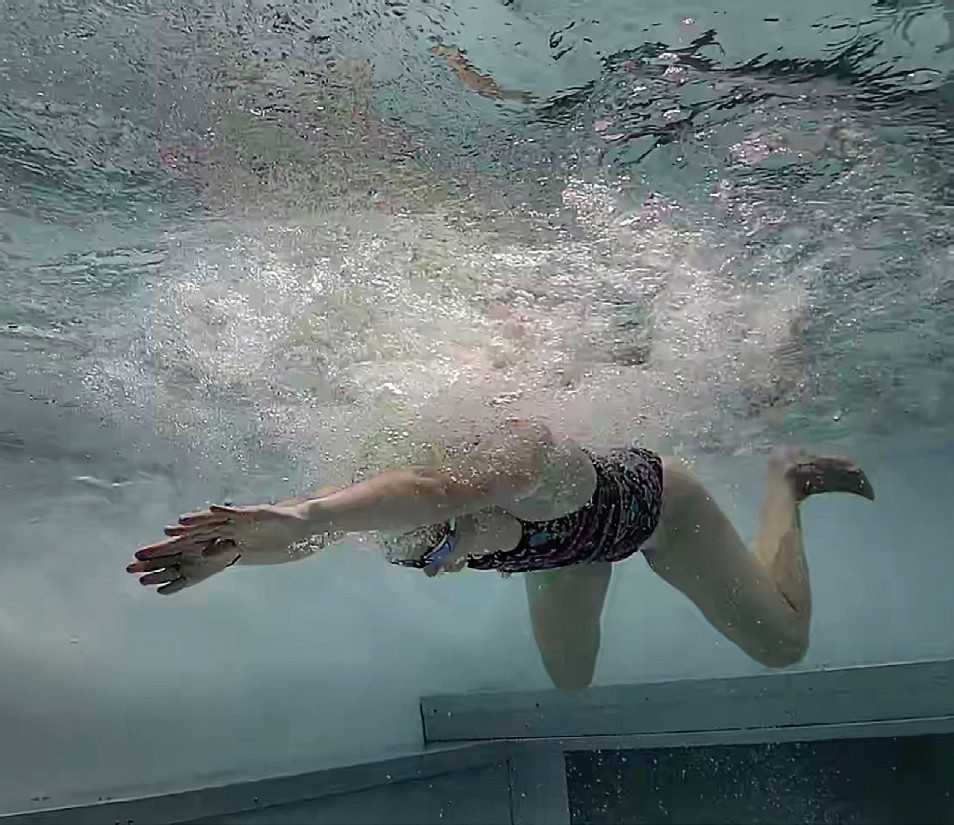
Push water backwards and not laterally, use the whole of the bottom of your foot to push as much water as possible
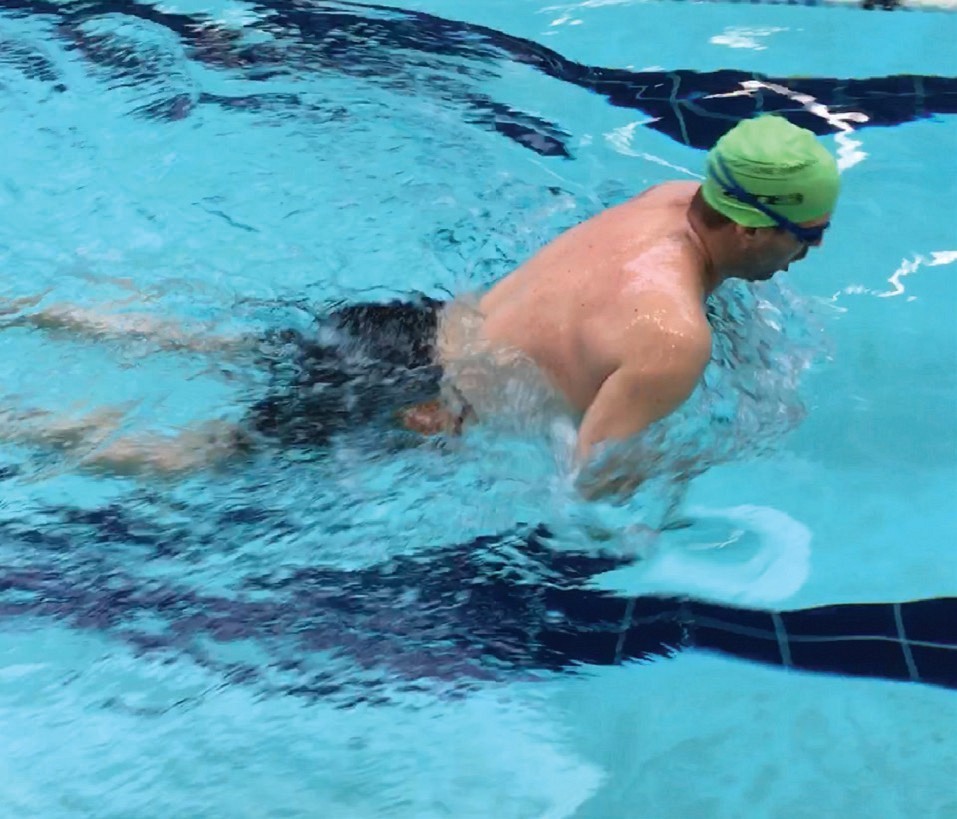
Keep the spine neutral when you are breathing. Keep your elbows nice and tight
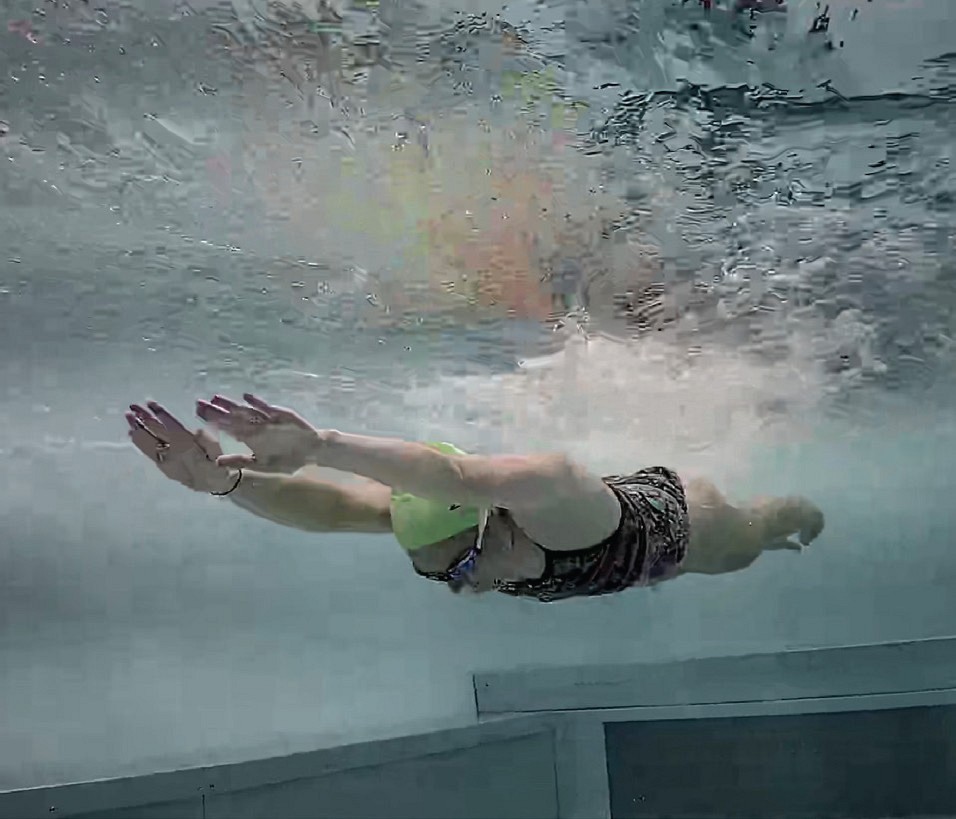
Make the most of the propulsion from your kick by getting into as streamlined a position as possible
Keri-anne Payne is a double open water world champion, triple Olympian and Olympic silver medallist in the 10k open water marathon at the Beijing Olympics in 2008. She created the Straight-Line Swimming methodology with her husband, triple Olympian David Carry. straightlineswimming.com






